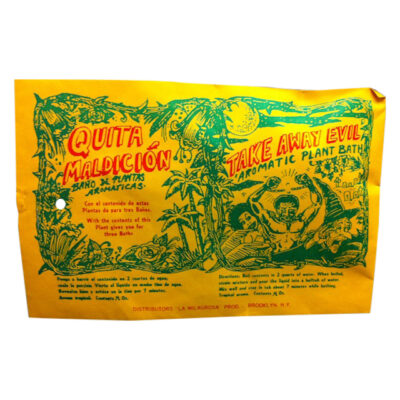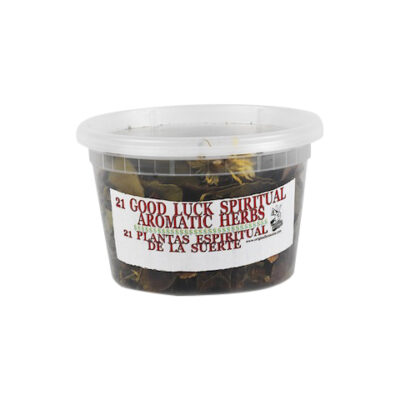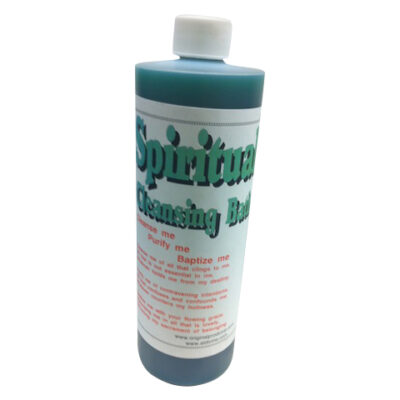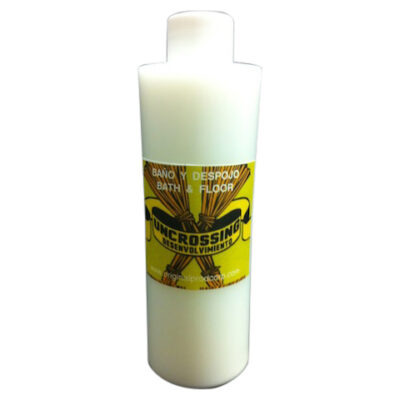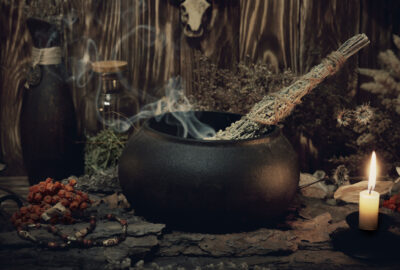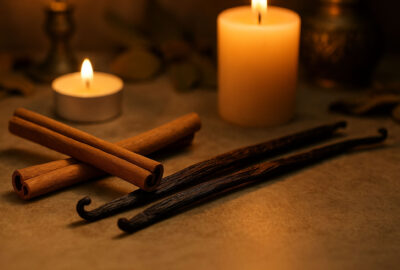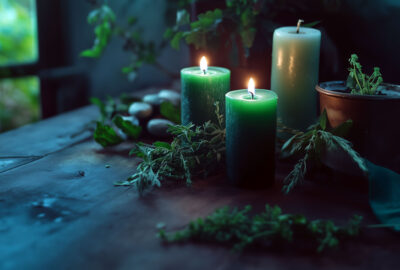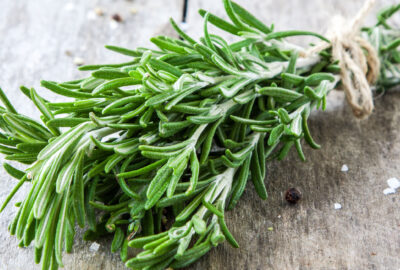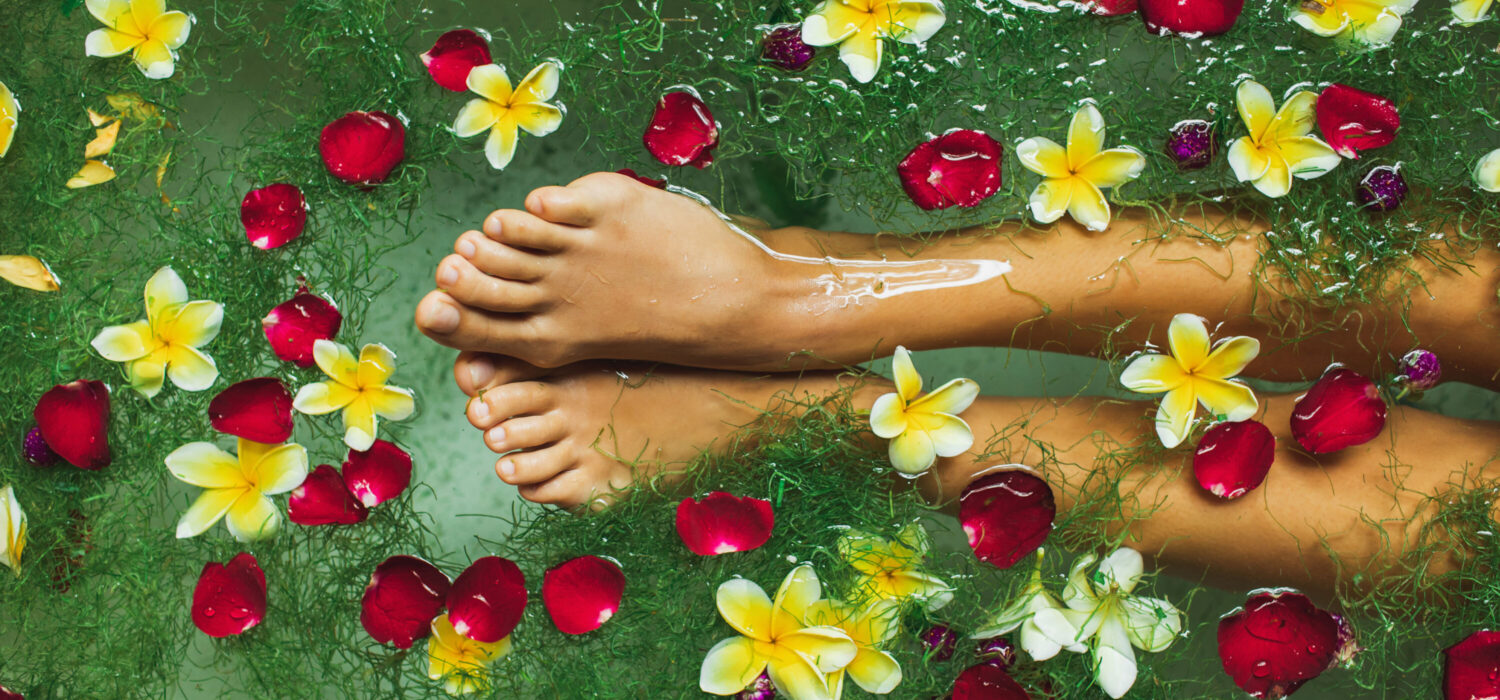
How To Prepare Fresh Herbs For Spiritual Baths
Spiritual baths are a profound way to connect with the divine, cleanse your energy, and invite positive vibrations into your life. Unlike a regular bath, a spiritual bath uses fresh herbs to wash away negative energies, clear your mind, and rejuvenate your soul. The power of fresh herbs lies in their life force—the vital energy that comes straight from the earth and carries with it ancient wisdom and healing properties.
This guide will walk you through the sacred process of choosing, preparing, and using fresh herbs to create your own transformative spiritual baths.
Choosing the Right Herbs: Connecting with the Spirit of Plants
Choosing the right herbs for your spiritual bath is an act of listening—to the earth, to the plants, and to your inner self. Each herb has its own unique energy, and when used fresh, that energy is more vibrant and potent. Fresh herbs retain their essential oils, their spirit, and their life force, making your bath more powerful and effective.
Lavender
Imagine the soft, fragrant blooms of lavender. This gentle herb is known for its calming and soothing qualities, making it perfect for baths meant to ease anxiety, release stress, and mend emotional wounds. As you add lavender to your bath, feel its gentle energy surround you like a warm hug, inviting peace and tranquility into your spirit.
Rosemary
Consider the sharp, invigorating scent of rosemary. This evergreen herb has been used for centuries for protection and purification. Its powerful energy cleanses the aura, wards off negative influences, and renews the spirit. When rosemary touches your bathwater, imagine it sweeping away all that does not serve you, leaving you feeling clear, strong, and revitalized.
Basil
Basil is another wonderful herb to use, especially if you are seeking to attract love or harmony into your life. With its sweet, spicy aroma, basil opens the heart, promotes emotional balance, and encourages compassion. As you bathe with basil, envision your heart chakra expanding, inviting love and kindness to flow freely in and out.
Mint
For mental clarity and freshness, there is mint. Mint is known for its cooling properties and its ability to clear stagnant energies. The bright, refreshing scent of mint lifts the mind and spirit, helping you to focus and see your path more clearly. Imagine mint clearing away mental fog, awakening your senses, and revitalizing your soul.
Sage
And then there is sage. Revered in many cultures for its potent cleansing abilities, sage helps you release old patterns, negative energies, and anything that holds you back. When you add fresh sage to your bath, feel its ancient wisdom guiding you toward renewal and spiritual growth.
As you choose your herbs, trust your intuition. Let the herbs call to you, guiding you to what you need most in this moment. Each herb carries a message, a whisper from the earth, waiting to be heard by your spirit.
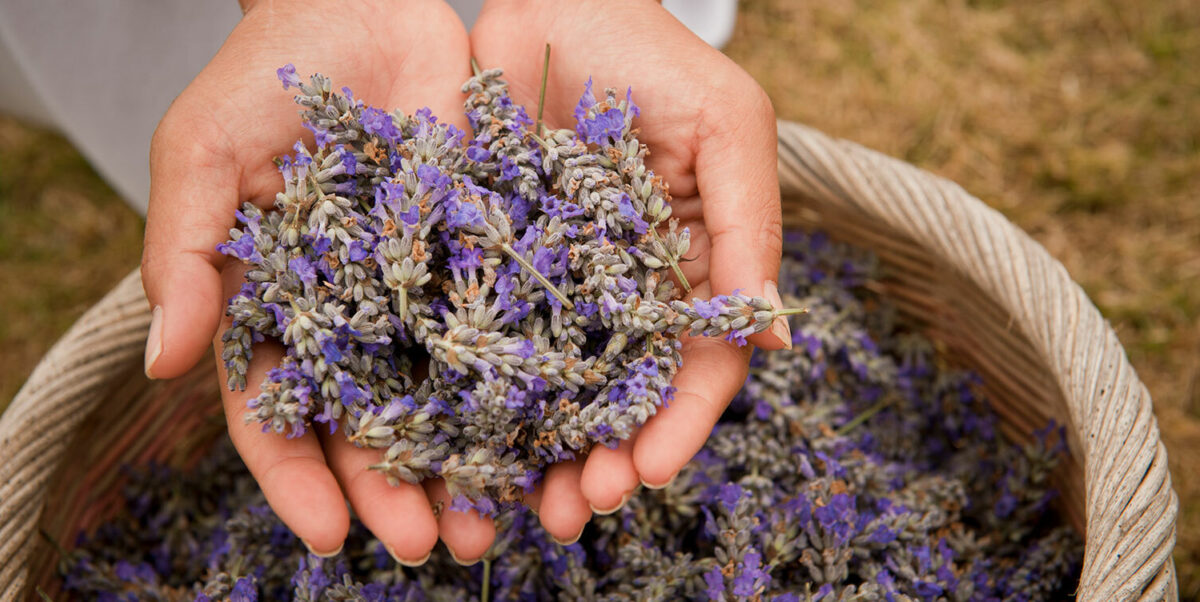
Adding lavender to your spiritual bath helps to ease anxiety, release stress, and mend emotional wounds.
Harvesting and Preparing Fresh Herbs: A Sacred Process
Harvesting and preparing fresh herbs is not just a task; it is a sacred ritual that begins the moment you approach the plant. Gather your herbs early in the morning when the dew still clings to their leaves, and their energies are at their peak. As you harvest, take a moment to express gratitude to the plants, thanking them for their gifts. This act of reverence aligns you with the natural world and enhances the healing properties of your herbs.
When preparing your herbs, rinse them gently under cool water to cleanse them of any physical impurities. Pat them dry with a soft cloth, treating each leaf with care and respect. To release the herbs’ essential oils and activate their spiritual properties, you might gently crush them between your fingers or with a mortar and pestle. This simple act awakens the spirit of the herbs, inviting their magic to flow into your bath.
For a deeper infusion, you can create an herbal tea by steeping the herbs in boiling water for about ten to fifteen minutes. Strain the herbs and add the infused liquid to your bath. Alternatively, let the fresh herbs float directly in your bathwater, surrounding yourself with their natural beauty and energy as you soak.
Three Rituals for Your Spiritual Bath
To make the most of your spiritual baths, here are three carefully crafted rituals that incorporate fresh herbs, each designed for a specific purpose: purification, love, and healing.
Purification and Protection Bath
This ritual is perfect when you feel spiritually heavy or surrounded by negative energies. The Purification and Protection Bath cleanses your aura, renews your spirit, and creates a protective shield around you. Prepare the following for the ritual:
Start by gathering fresh rosemary and white sage. Rinse them gently under cool water to remove any impurities, thanking the herbs for their cleansing powers. Fill a large bowl with water, adding a handful of rosemary and sage leaves, crushing them slightly in your hands to release their oils. Add a pinch of black salt and a full cup of sea salt, stirring the mixture counterclockwise to symbolize the removal of negativity. Next, add a few drops of frankincense essential oil, which is known for its powerful protective properties.
Pour this blend into your bath. As you step into the warm water, close your eyes and imagine any negative energy being drawn out of your body and dissolving into the water, where it is neutralized. Repeat a prayer or affirmation, such as “I am surrounded by light; all darkness is dispelled.” Feel the protective energy of the herbs around you, trusting that you are safe and shielded.
Love and Attraction Bath
If you wish to attract love, nurture self-love, or strengthen your relationships, this bath will draw in loving energies and enhance connections. You would need the following to perform the ritual:
Patchouli oil (a few drops)
Honey (1 spoonful)
Begin by filling a bowl with warm water. Scatter fresh rose petals and basil leaves into the water, feeling their softness and inhaling their sweet fragrance. Add a few drops of patchouli oil, known to attract love and balance energies. Stir in a spoonful of honey to symbolize sweetness in relationships, and drop in a few cinnamon sticks to enhance passion and warmth. Allow the mixture to sit for a few minutes while lighting a pink candle nearby, which symbolizes love.
Pour the blend into your bath, and as you immerse yourself in the water, visualize a pink light surrounding you. Whisper affirmations like “I am worthy of love; love flows to me effortlessly.” Feel the loving energy enveloping you, drawing in positive vibrations from the universe and inviting love into your life.
Healing and Renewal Bath
This ritual is ideal for emotional healing, especially after a difficult period or during times of transition. It uses herbs that promote peace, clarity, and renewal. These are essential for the ritual:
Epsom salt
Lemon slices
Rinse the lavender, eucalyptus, and yerba buena leaves with care, thanking them for their healing energies. Boil a pot of water and steep the herbs in it for about fifteen minutes, allowing their properties to infuse into the water. Strain the herbal infusion into a bowl and add a handful of Epsom salt to relax your muscles and cleanse your energy. Squeeze a few drops of lemon juice into the mixture to symbolize clarity and renewal.
Light a blue candle, representing healing and peace, and pour the herbal blend into your bath. As you step into the water, close your eyes and imagine a wave of light washing over you, releasing any emotional blockages and filling you with tranquility. Whisper an affirmation, such as “I am whole, I am healed, I am renewed.” Feel the herbs working to lift your spirit and bring calm to your soul.
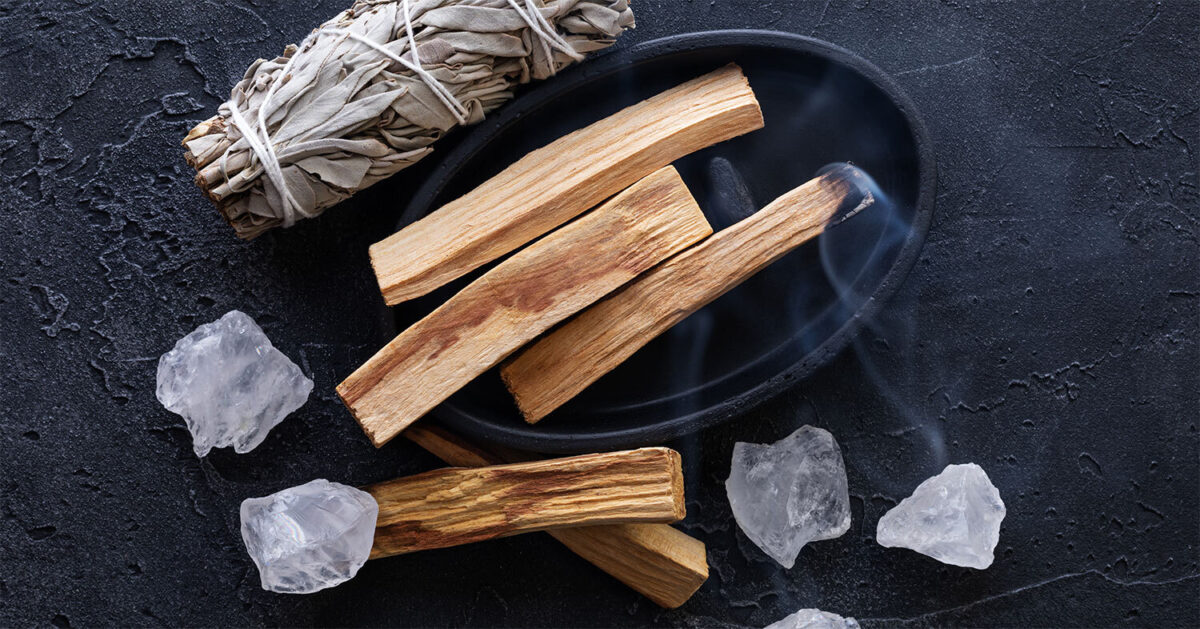
To further elevate your spiritual bath experience, consider adding sacred elements such as crystals, incense, or music.
Enhancing Your Spiritual Bath with Sacred Additions
To further elevate your spiritual bath experience, consider adding sacred elements such as crystals, incense, or music. Crystals like rose quartz or amethyst can amplify the energies of love and healing. Place them around the bath or hold them while soaking. Incense like sandalwood, frankincense, or myrrh purifies the space and invites sacred vibrations. Soft, meditative music or spiritual chants can deepen your relaxation and connection to the divine.
Take a moment before entering the bath to set a clear intention. Speak your desires aloud or silently, asking the universe for guidance, healing, or whatever you seek. Trust that your intentions are heard and will manifest in the perfect time and way.
Creating a Sacred Space for Your Bath
Creating a sacred space for your spiritual bath enhances the experience and aligns your environment with your intentions. Begin by cleansing the room with sage or palo santo, removing any negative energies.
Decorate your space with symbols of what you seek—rose petals for love, seashells for healing, or candles for enlightenment. Consider adding plants or flowers that resonate with your intention, inviting nature’s energies to support your ritual.
Respecting and Disposing of the Herbs: Completing the Cycle
After your bath, it’s essential to honor the herbs that have served you. Respectfully dispose of the herbs by returning them to nature. Bury them in your garden or offer them to a flowing stream. This practice closes the energy exchange circle, showing gratitude to the earth and ensuring a harmonious relationship with the natural world.
Frequently Asked Questions About Spiritual Baths
How often should I take a spiritual bath?
There is no strict rule; listen to your intuition and body. Some may feel called to take a spiritual bath weekly, while others may find it necessary only during significant transitions or after particularly stressful times. Trust what feels right for you.
Can I use dried herbs instead of fresh ones?
While fresh herbs carry more potent, vibrant energy due to their living essence, dried herbs can also be effective, especially when fresh herbs are unavailable. Dried herbs still retain spiritual properties and can be enhanced by your intention and prayer.
Do I need to use all the ingredients listed?
No, use what resonates with you and what you have available. Each ingredient has its unique properties, but your intention is the most powerful part of any ritual.
Embracing the Sacred Flow
Spiritual baths with fresh herbs offer a beautiful and profound way to transform your energy, invite healing, and connect with the divine. By choosing the right herbs, setting a clear intention, and treating each step as a sacred act, you create a deeply personal and powerful experience that nurtures your soul and supports your spiritual growth. Trust in the guidance of your intuition, the wisdom of the plants, and the support of the universe as you explore these practices.
May each bath be a source of peace, renewal, and light on your spiritual journey. May your journey with these sacred waters bring you clarity, love, protection, and profound healing.
